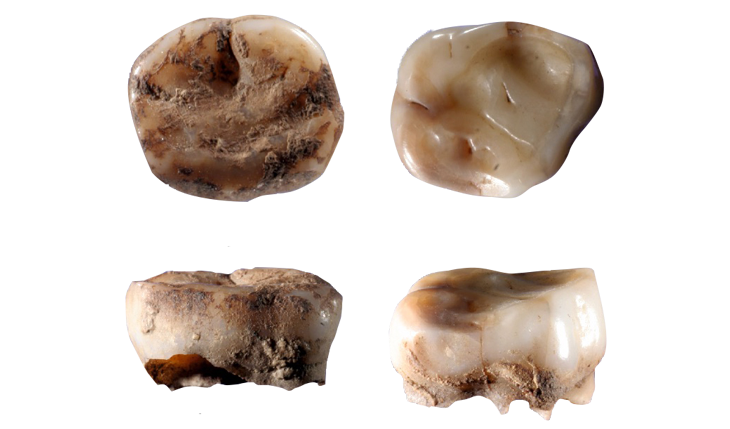DNA reveals ancient Siberians who set the stage for the first Americans
A previously unknown population of Ice Age travelers across Beringia was discovered in Russia

SIBERIAN ROOTS Human teeth unearthed at this Russian site have yielded DNA from what researchers say was an unrecognized population of people who migrated to northeastern Siberia around 38,000 years ago.
Elena Pavlova







